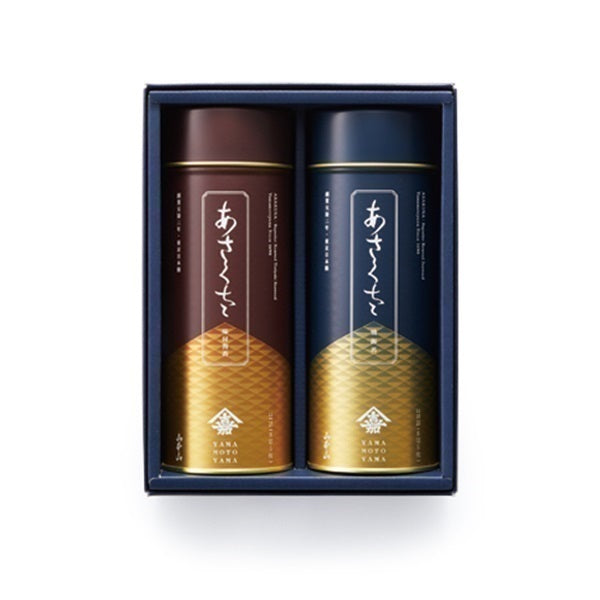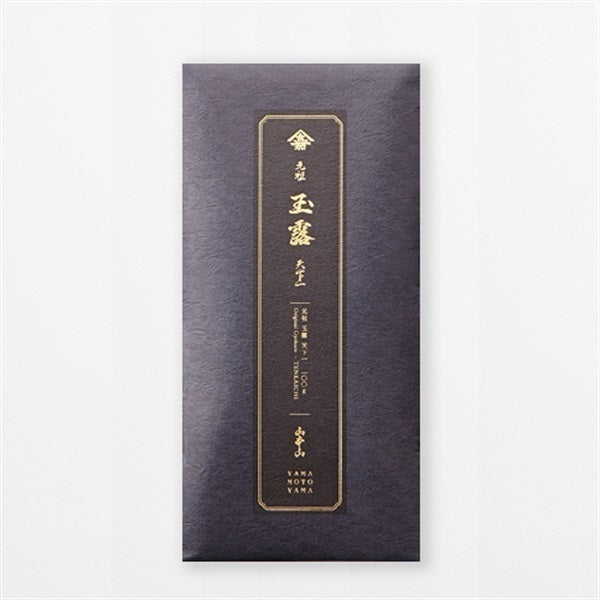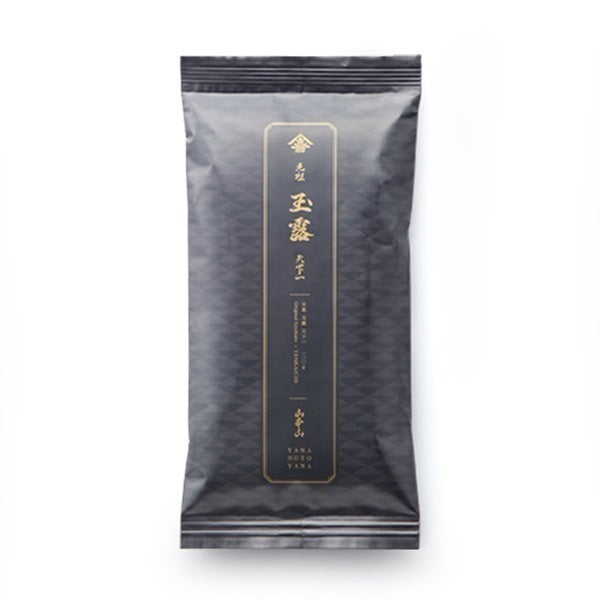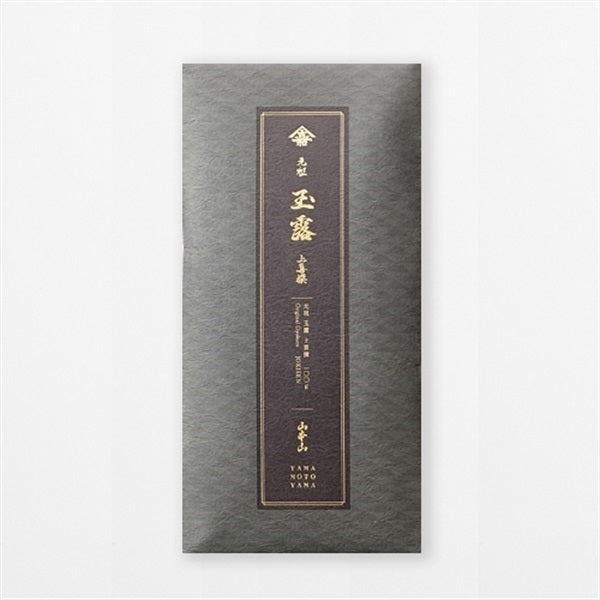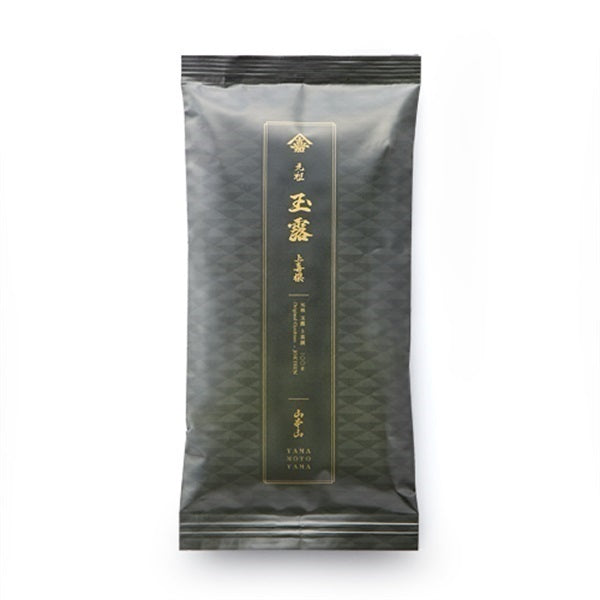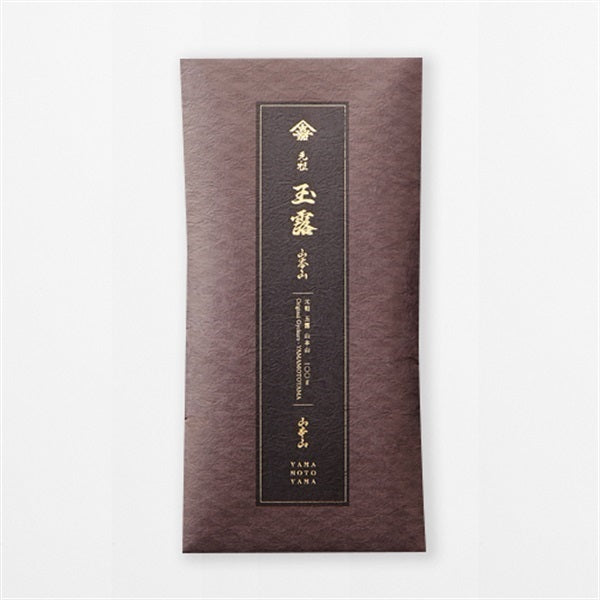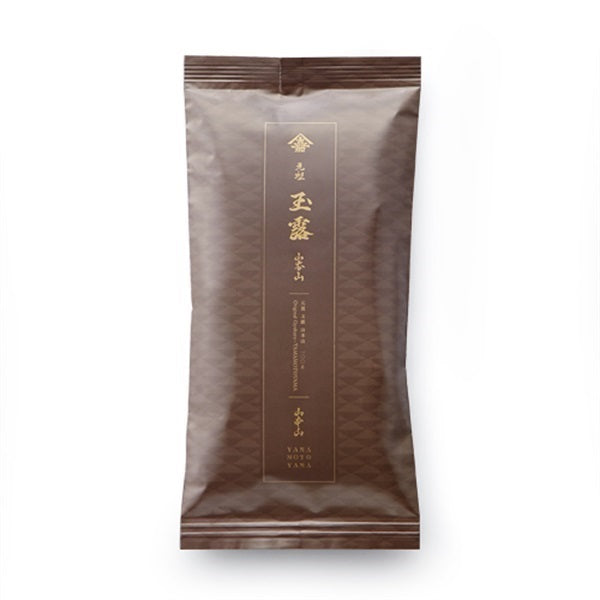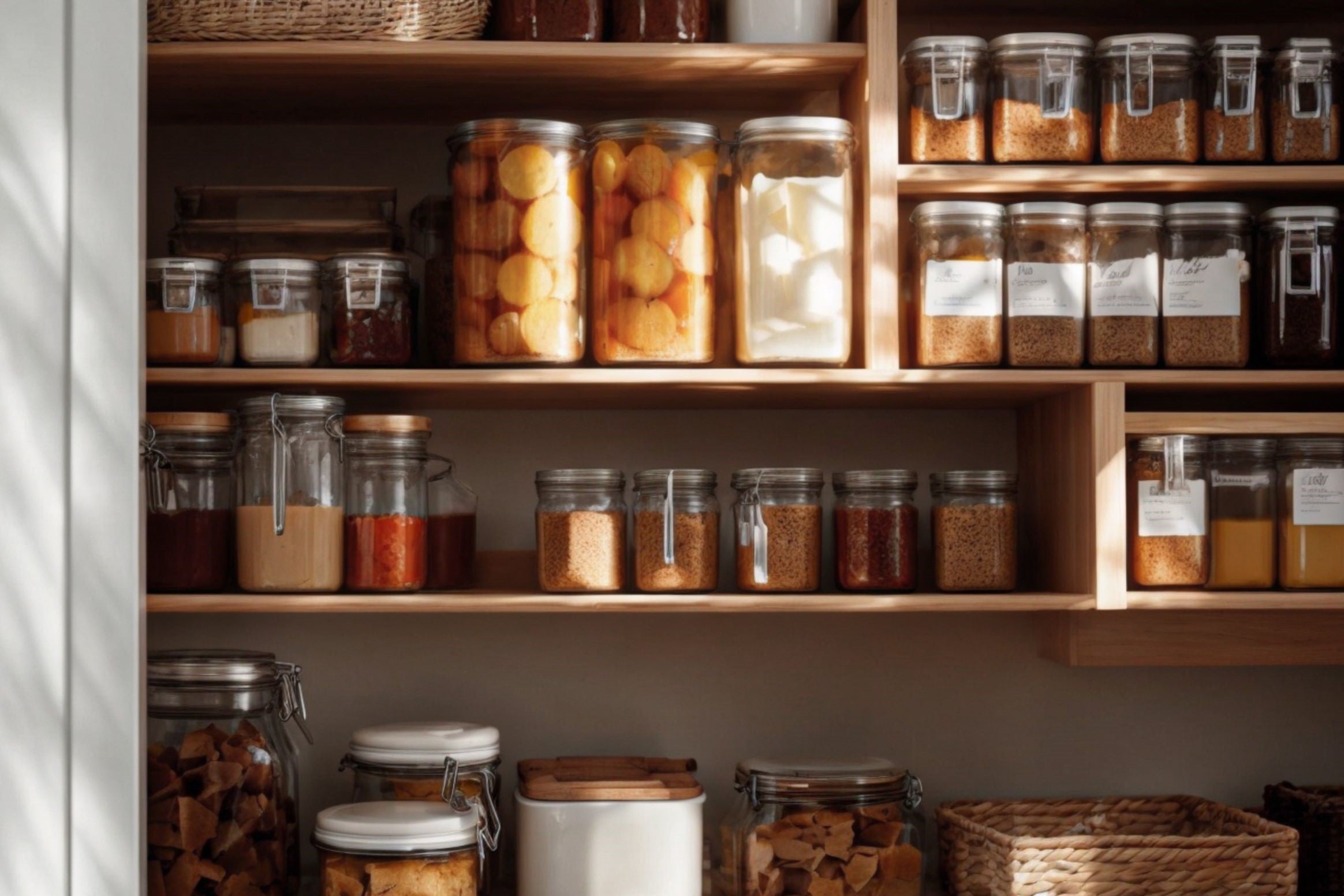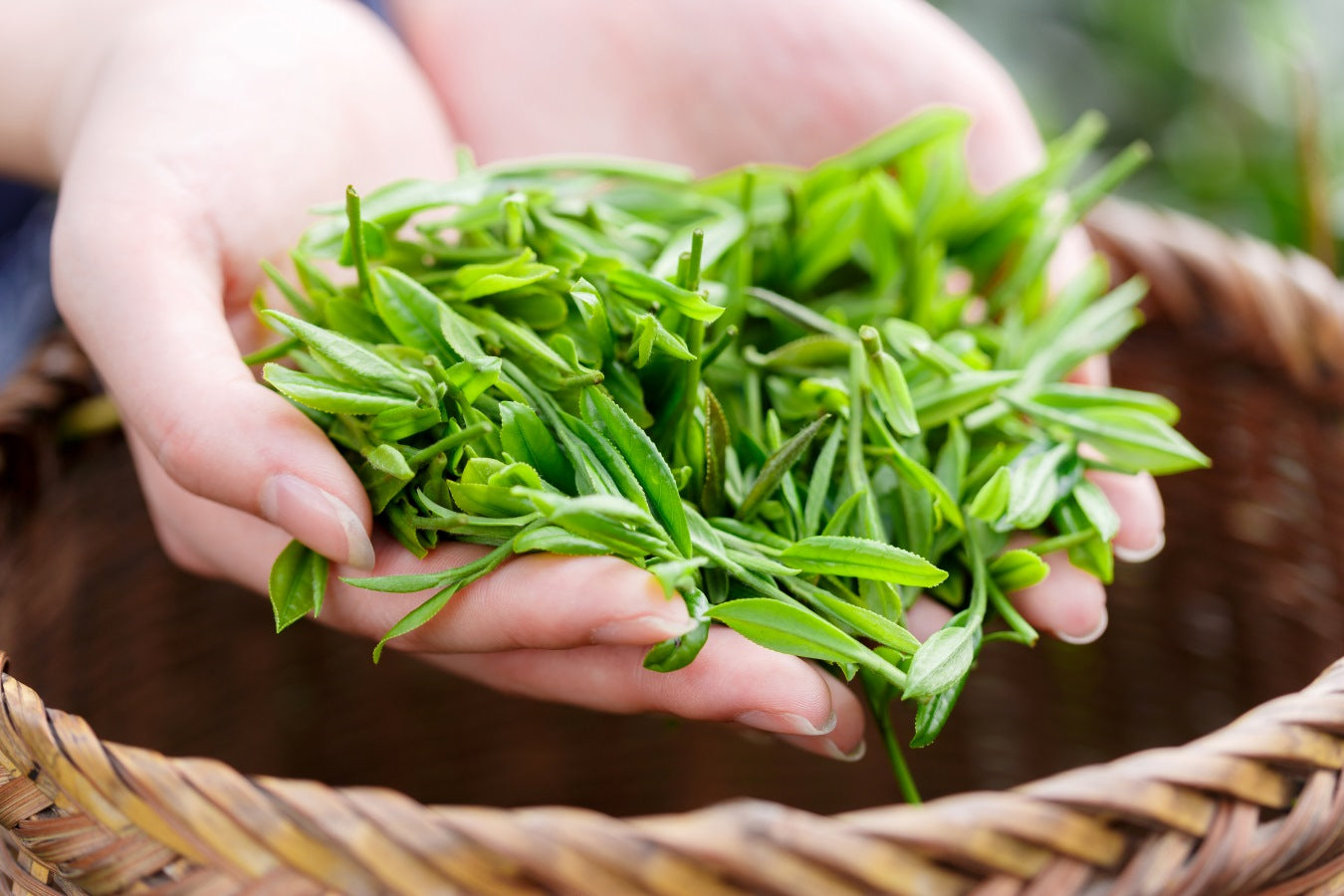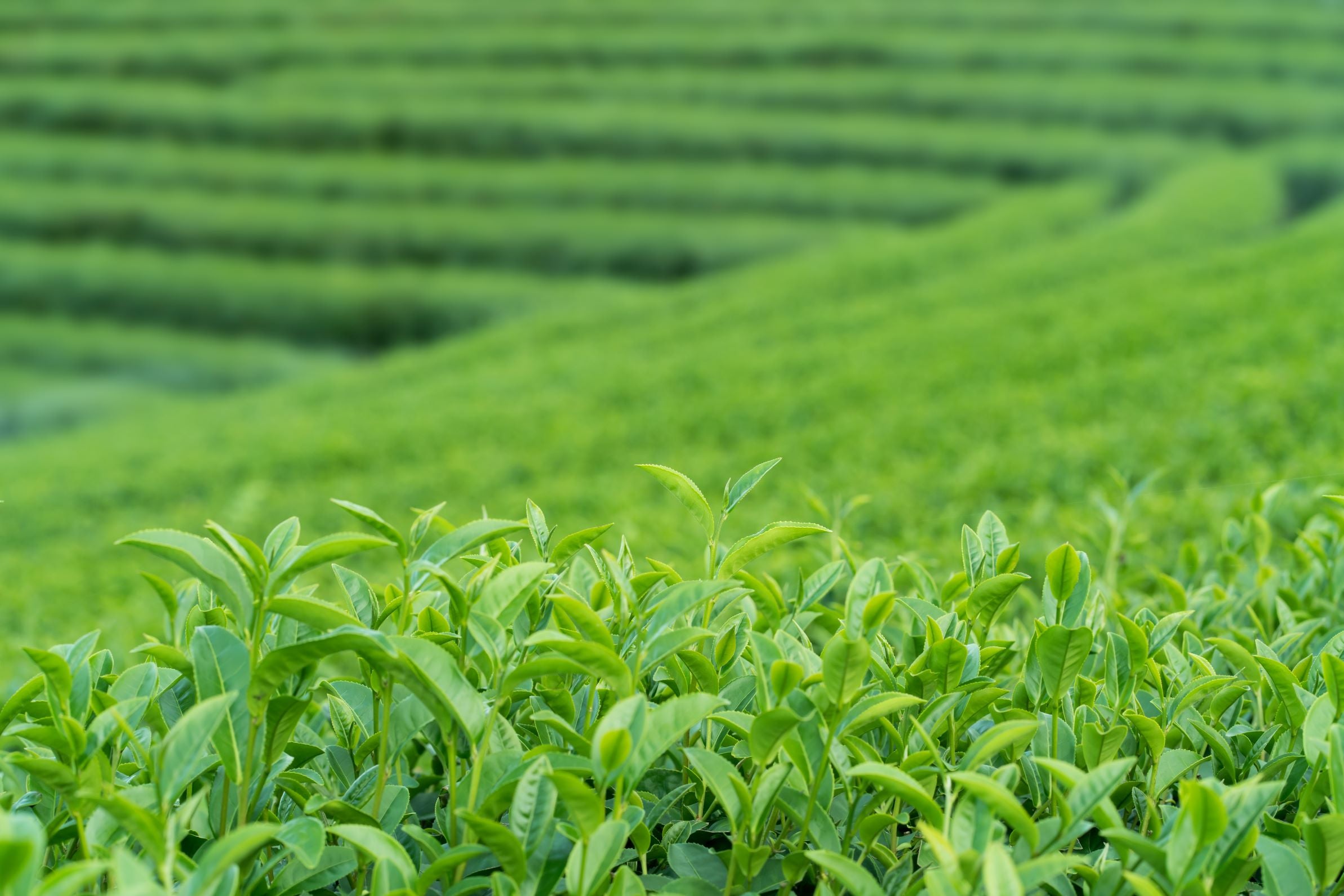
The secret to delicious tea! The ideal growing environment for tea plants
Introduction
Where does the tea plant grow?
Tea plants are originally from the subtropics, so they are not very cold-tolerant. They are grown in relatively warm areas with moderate precipitation.
Around the world, it is cultivated between approximately 45 degrees north and 45 degrees south of the equator, but in Japan it is widely cultivated from Hokkaido in the north to Okinawa Island in the south. 
Weather conditions suitable for growing tea
The tea plant is an evergreen tree of the Camellia genus, and its scientific name is Camellia sinensis.
There are two types of tea: the Chinese variety, which has small leaves and is resistant to the cold, and the Assam variety, which has large leaves and is weaker in the cold. The former is mainly used to make green tea, while the latter is used to make black tea.
In Japan, of course, the Chinese species are mainly cultivated.
Tea is a plant that grows best in warm, humid regions, so it is easily affected by weather conditions, especially temperature and precipitation.

The best temperature for tea
The ideal annual average temperature is around 15 degrees, and areas where the minimum temperature does not fall below -11-12 degrees are suitable for cultivation.
The higher the temperature, the better the tea sprouts will grow and the greater the yield, but the quality will be somewhat inferior.
In addition to the average temperature, the temperature difference between day and night also has a significant impact on the quality of the tea. The greater the difference in temperature between morning and evening, the better the quality of the leaves that grow.

Rainfall required for tea
The amount of rainfall required for cultivating tea plants is at least 1,300 mm per year, of which ideally more than 900 ml falls during the growing season from April to October.
Japan's annual rainfall is about 1,700 mm, so it does not require that much rain, but it does need moderate rain during the growing season.
Long periods without rain in the summer can adversely affect growth.

Soil suitable for growing tea
Good drainage and ventilation are also important conditions for growing good tea.
Plants are particularly susceptible to the moisture content of the soil; either too much or too little moisture is bad for root growth, so good drainage is important.
Poor drainage can lead to poor growth and reduced yields and quality. For this reason, most traditional tea fields are grown on mountain slopes, aiming for good drainage.

Also, unlike other plants, it prefers acidic soil with a pH of 4-5.
The acidity of soil in Japan varies from region to region, but even if the conditions are not quite right, each tea plantation works to create soil suitable for tea by improving and fertilizing it.

Propagated by cuttings rather than from seeds
Tea propagation is usually done by cuttings rather than by sowing seeds.
They are propagated by rooting the plants, enlarging the seedlings, and propagating them. In the past, they were grown from seeds, but the cutting method has become mainstream for the following two reasons.
One reason is that tea plants rarely self-pollinate.
Since they will not self-pollinate with pollen from the same variety, if you want to grow the same variety, you can only do so by cuttings.

The second reason is to ensure consistent quality.
In other words, although tea plants can easily be pollinated by pollen from other teas, the seeds produced in this way are so-called hybrids, with different properties and unstable quality.
By using the cutting method, we can guarantee the same quality as the superior quality tea plants.

Newly planted seedlings will grow to the point where they can produce leaves in about four years, but it will take about ten years for yields to finally stabilize.
Generally, trees will need to be replanted after 30 to 40 years as their vigor begins to decline.

